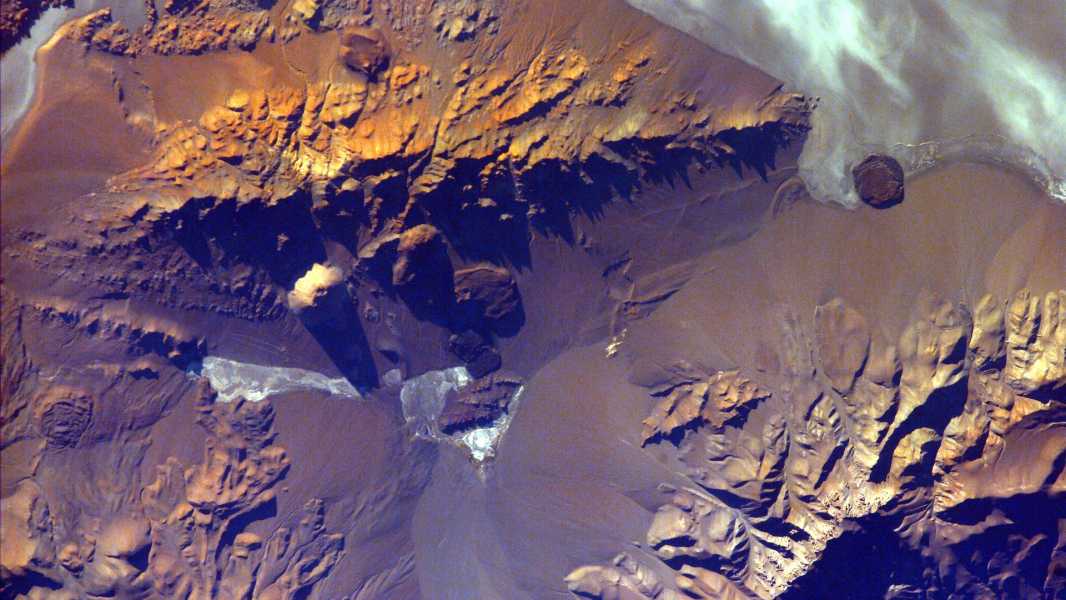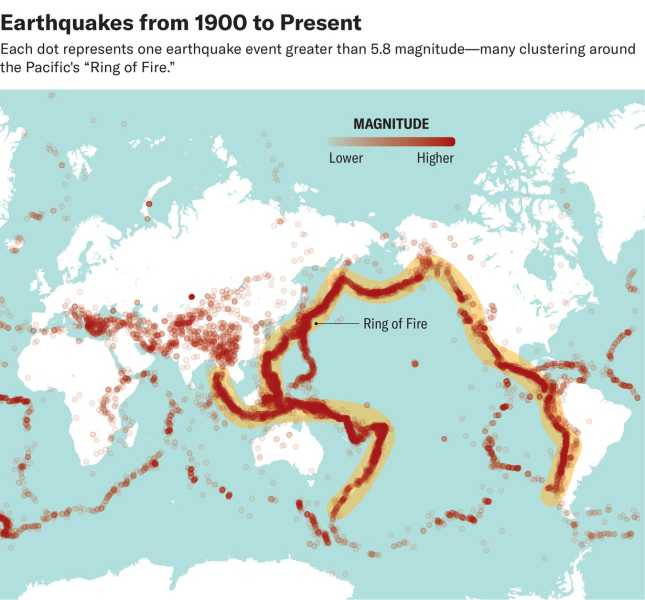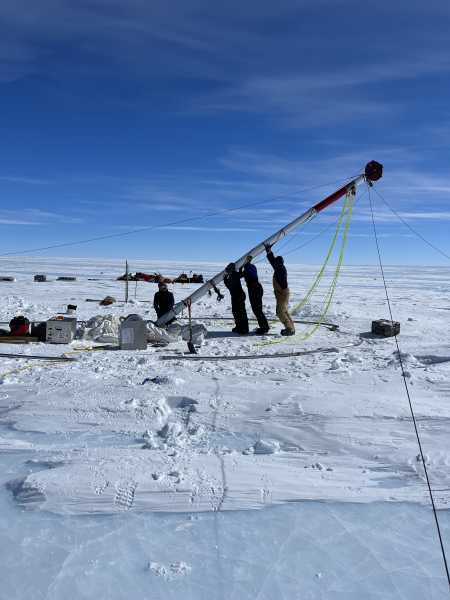
The Andes were created when the Nazca Plate collided with the South American Plate. Mount Arakar, seen in this satellite image from February 20, 2000, is one of many volcanoes located in the Andes. (Image credit: Universal History Archive via Getty Images)
Subduction zones, where one tectonic plate plunges beneath another, cause some of the world’s most destructive earthquakes and tsunamis. How do these dangerous areas form? Geological research provides evidence that subduction can spread like an infection, jumping from one oceanic plate to another – a hypothesis that has previously been difficult to confirm.
The conclusion “is not a simple assumption,” says João Duarte, a geologist at the University of Lisbon who was not involved in the study. “This study forms an argument based on geological facts.”
Because the process of subduction drags crust deep into the Earth, its beginnings are difficult to study. A new study provides a rare, ancient example of potential subduction “infection.” Its authors say they have found evidence that nearby collisions helped create East Asia’s “Ring of Fire,” a massive subduction system that now fuels earthquakes and volcanoes from Alaska to the southern Indian Ocean.
You may like
- Study finds 'flawed argument' in debate over start of plate tectonics
- Powerful magma eruptions could have shattered Africa and South America
- 'Big Hurricane' Could Cause Strong Waves in Pacific Northwest, Trigger Sea Level Rise, Massive Flooding
About 300 million years ago, China was a collection of islands separated by the ancient Tethys and Asian oceans. Established subduction zones swallowed these oceans, joining the land into a new continent and raising mountains from Turkey to China. By 260 million years ago, this subduction had apparently spread and was beginning to pull down the neighboring Pacific plate.

“The dying process of these closing oceans could have contaminated the Pacific Plate
Sourse: www.livescience.com





